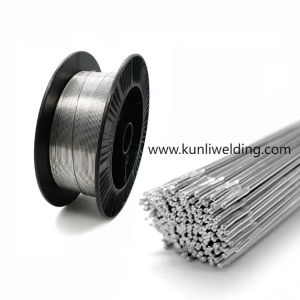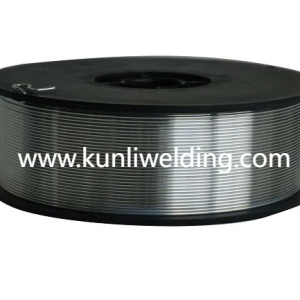When shipyards and marine fabricators look for a welding filler that balances weldability with service durability, Aluminum Welding Wire ER5183 is often placed on the shortlist. Its combination of deposit behavior and handling traits makes it a practical choice for assemblies that must withstand salt air vibration and long duty cycles. With public programs and private owners paying more attention to resilient maritime infrastructure, the right filler choice affects inspection outcomes, lifecycle cost and site rhythms.
Corrosion resistance is a key reason this filler is selected. Joints exposed to coastal spray and humid atmospheres demand weld metal that retains ductility and does not encourage localized deterioration at the seam. Choosing a filler whose deposit cooperates with planned protective finishes helps asset owners stretch inspection intervals and reduces the need for frequent touch ups. That matters for vessels, platforms and harbor structures where access for repairs can be costly and schedule sensitive.
Toughness under cyclic loads also drives many specifications. Marine structures and moving assemblies face repeated stress from waves, propulsion and handling. A filler that fosters a stable microstructure during cooling lowers the chance that tiny flaws will grow into fatigue problems. Fabricators value a wire that yields a calm puddle and a seamless bead profile so that structural teams can predict how welded joints will perform under repeated loading without excessive grinding and repair.
Consistency from reel to reel supports reliable production runs. When large hull panels or long piping runs require dozens of welds, lot to lot uniformity reduces the number of trial passes needed to reach production settings. Suppliers who document production steps and provide clear lot identification let quality teams trace any irregular behavior back to a single shipment rather than broad batches. That traceability shortens investigations and reduces extended holds during inspection.
Handling and feedability influence how quickly a shop moves from sample welds to steady output. A wire that feeds smoothly in common spool formats and that arrives on protective packaging reduces setup time and the risk of feeding interruptions. For yards that run both mechanized cells and manual stations, matching spool compatibility to equipment and following supplier packing guidance keeps arcs steady and minimizes interruptions that slow assembly sequences.
Field conditions call for attention to packaging and conditioning. Coastal deliveries and long transport routes can expose reels to humidity and mechanical shock. Protective wrapping desiccants and clear unpacking instructions preserve wire condition and help teams avoid moisture related porosity and erratic arc behavior. Practical handling steps at receipt and short trial passes on representative scrap are simple checks that prevent surprises when critical joints arrive on the schedule.
Weldability and finishing are practical shop concerns. When a filler forms a predictable bead that ties smoothly to the parent metal, less finishing is required and cosmetic panels meet owner expectations with fewer corrective steps. That reduces labor on the floor and keeps craftsmen focused on fit up and execution rather than repeated grind and fill cycles. For outward facing work such as pilot houses or decorative rails, that difference is visible to inspectors and to the public.
Finally, supplier support matters. Partners who provide handling guidance, recommended starting parameters and responsive technical advice shorten qualification time. When a supplier stands ready with small trial reels and with production notes, fabricators move from prototyping to full production more confidently. In a landscape where maritime projects face intense scrutiny and tight timetables, those practical supports help yards deliver durable joins and predictable inspection outcomes. If you want to review product details, handling guidance and manufacturer notes for this filler and related aluminum wires, see the manufacturer pages at www.kunliwelding.com .



